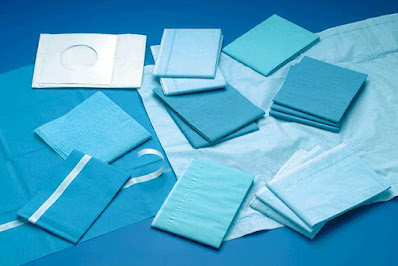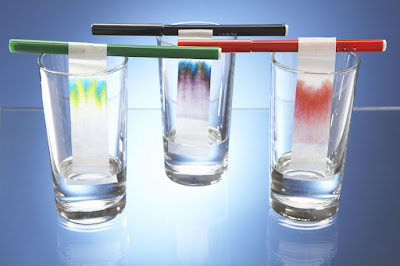Importance of Disposable Surgical Sheets
Preventing Infections through Single-Use Products
In today's medical field, preventing the spread of infections among patients
has become one of the top priorities for healthcare facilities around the
world. The use of disposable and single-use products in surgery and other
clinical procedures has helped reduce the risks of transmitting diseases from
one patient to another. One key component that has enabled this transition are
disposable surgical sheets that are used on operating tables and other surfaces
where surgery takes place.
Rise of Disposable Surgical Sheets
In the past, reusable cloth or fabric surgical sheets were commonly used in
operating rooms and were laundered and sterilized after each use before being
utilized again on another patient. However, studies showed that even with
stringent cleaning protocols, these multipurpose sheets posed contamination
risks. Tiny microscopic residues left behind after cleaning could harbor
pathogens and spread infections. This realization led to the development of
disposable surgical sheets made of thick paper or plastics in the late 20th
century. Their advantages of being single-use and disposable after each patient
made them ideal for preventing cross-contamination. Gradually, hospitals and
ambulatory surgical centers made the switch to replace reusable sheets with
disposable ones as the new standard.
Benefits of Using Disposable Surgical
Sheets
Reduced Risk of Healthcare Associated Infections
Disposable
Surgical Sheets eliminate any possibility of residual moisture, dirt,
bodily fluids or microbes residing on the sheets from previous uses. By
disposing them after each procedure, it ensures a completely clean and sterile
surface is provided for every patient. This significantly reduces the
transmission of various healthcare associated infections like MRSA or C.
difficile.
Increased Safety and Hygiene Standards
Multi-use fabric sheets required diligent cleaning but could still harbor
microbes. Disposable sheets uphold the highest standards of sterility, hygiene
and safety without any cleaning steps involved between patients. This instills
greater confidence in medical staff and confidence in patients regarding their
protection.
Cost-Effectiveness in the Long Run
Despite higher individual costs, disposable sheets prove economical for
facilities in the long run. The expenses of frequently laundering, sterilizing
and maintaining reusable sheets as per safety protocols outweigh the costs of
one-time use disposable sheets. It also saves labor hours spent on reprocessing
multi-use sheets.
Environmentally Friendly Attributes
Newly designed disposable sheets are made of recycled paper or plastic
materials using sustainable production methods. They generate less biomedical
waste per use compared to reusable sheets. Many sheets are also eco-friendly as
they are recyclable or can be converted to energy after use.
Comfort and Non-Allergenic Properties
Disposable sheets feel softer than their fabric predecessors. Many are infused
with lotion for additional patient comfort. They also eliminate risks of
allergic reactions that some patients may experience from materials used in
reusable sheets.
Advancement of Disposable Surgical Sheet
Technology
Material Enhancements:
Modern disposable surgical sheets offer a wide variety of material choices.
Common selections include recyclable paper-plastic laminate or breathable
non-woven fabric made of polypropylene or polyethylene. Some advanced sheets
integrate antimicrobial additives or phase change technology for optimal
temperature regulation and moisture wicking abilities.
Enhanced Durability:
Newer sheet designs feature reinforced edges, watertight seals and
puncture-resistant cores to withstand wear-and-tear of daily surgical use
without tearing or leaking. Dual or multi-layered construction adds
reliability.
Customization Options:
Leading manufacturers offer custom dimensions, logos or specialty features like
anti-slip gel dots or built-in armboard cut-outs tailored as per facility
requirements. Some provide packaged OR table covers with integrated sheets.
Digital Advancements:
RFID tags, barcodes or unique watermarks are being incorporated in sheets to
enable tracking of production details, expiration dates, lot numbers and other
parameters digitally for improved inventory management.
Growing Adoption in Ambulatory Settings
With the rising popularity of outpatient surgeries, demand is increasing for
appropriately sized disposable sheets for procedure tables, stretchers, carts
and minor OR setups commonly found in doctors' offices, emergency rooms or
ambulatory surgical centers where space is limited. Entrepreneurs are
recognizing this need by launching smaller, tailor-fit disposable surgical
table covers.
Get More Insights on this Topic- https://www.marketwebjournal.com/disposable-surgical-sheets-reducing-hospital-acquired-infections/




Comments
Post a Comment